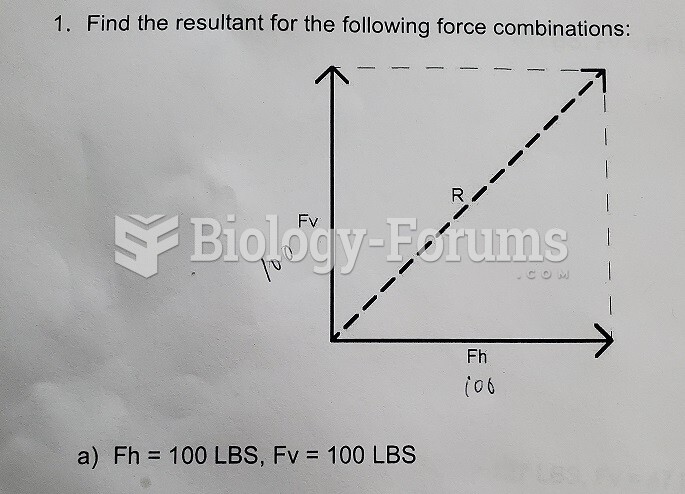|
|
|
Did you know?
The average adult has about 21 square feet of skin.
Did you know?
Asthma-like symptoms were first recorded about 3,500 years ago in Egypt. The first manuscript specifically written about asthma was in the year 1190, describing a condition characterized by sudden breathlessness. The treatments listed in this manuscript include chicken soup, herbs, and sexual abstinence.
Did you know?
Many medications that are used to treat infertility are injected subcutaneously. This is easy to do using the anterior abdomen as the site of injection but avoiding the area directly around the belly button.
Did you know?
On average, the stomach produces 2 L of hydrochloric acid per day.
Did you know?
There are more nerve cells in one human brain than there are stars in the Milky Way.







